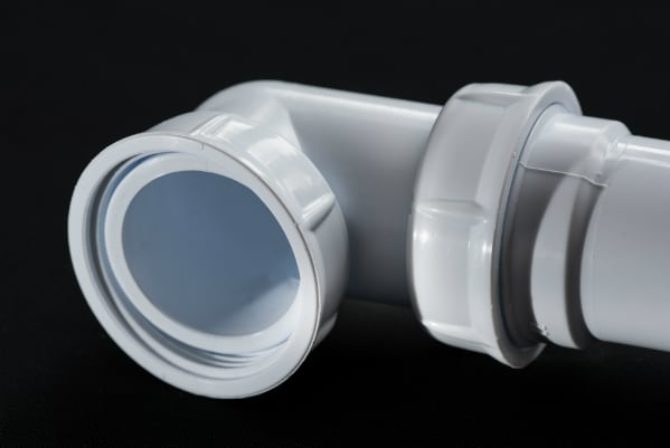
An AC condensate drain line is an extremely important piece of the air conditioning puzzle. An AC drain line makes sure the moisture that is pulled from the air by your air conditioning system is expelled from the system and from your house. The last thing you want is a blockage to form in the drain line, causing the condensate pan to overflow and potentially damage your AC unit, resulting in an emergency AC repair call.
Blockages in drain lines are usually caused by a buildup of algae or mold because of the water that regularly goes through the drain. Luckily, there is a simple way to check for blockages. Here is how you can check for a AC drain line buildup in four easy steps.
1. Turn off your HVAC System
The first thing you should do is turn off your HVAC system at the thermostat and at the breaker. You don’t want to accidentally damage the system more or cause injury to yourself by leaving it on.
2. Locate the drain line access points
The next thing you should do is locate the access points for the drain line. Locate your indoor air handler and you should find a T-shaped PVC pipe. Then you should go outside and find another PVC pipe sticking out of the wall near your AC unit.
3. Measure 1 cup of water
Measure out a cup of hot water from the faucet. You don’t want to use bleach because the chemicals can be harmful to breathe in.
4. Pour hot water down the drain
Go to the indoor access point, and pour the hot water from the faucet down the drain. You should find a partner to stand outside at the outdoor access point to see if the water comes through the drain. If the water comes back up, you have a blockage.
If you have a blockage in your AC drain line, your AC unit and your home can become susceptible to water damage. If your drain lines have a blockage, be sure to call the experts in AC repair San Antonio homeowners trust – Champion Home Services – to get the situation fixed.





